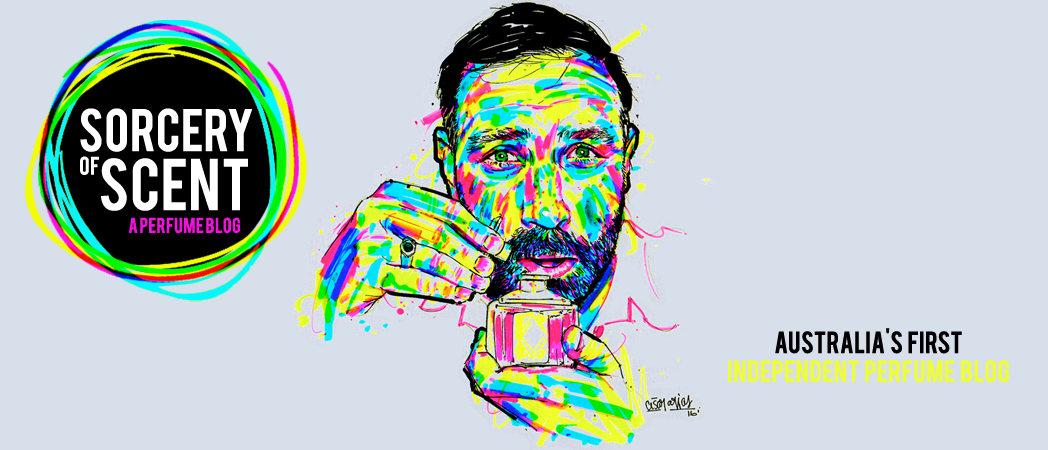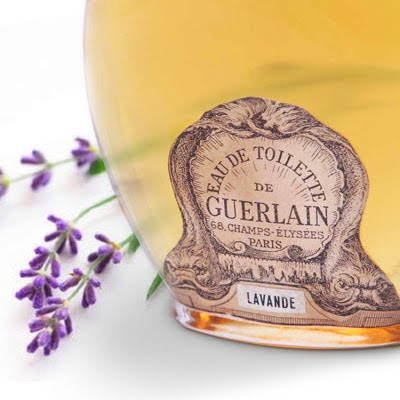 This September marks another milestone for Guerlain's cornerstone perfume Shalimar. To celebrate her 85th birthday, she will be revamped and presented in her third major incarnation since her nativity.
This September marks another milestone for Guerlain's cornerstone perfume Shalimar. To celebrate her 85th birthday, she will be revamped and presented in her third major incarnation since her nativity.
To my mind, the stunning urn-shaped baccarat bottle designed by Raymond Guerlain for the 1925 Art Déco exhibition in Paris is close to perfection, however the good folk at 68 Champs Elysées have thought otherwise. In 2010, Guerlain commissioned jewellery designer Jade Jagger to modernise the Shalimar eau de parfum flacon and her efforts have culminated in a sleeker, more streamlined design.
The new aesthetic, frankly, has not yet won me over. Whilst the beautiful new glass balloon is lovely to hold in ones hands, I can't help but feel the tiny pedestal a little disproportionate. And whilst the softer edges around the scalloped blue cap may indeed evoke the idea of a faceted gemstone, I can't help but feel we are looking at a "photoshopped" interpretation of Raymond Guerlain's masterpiece.
Still, my indulgent criticisms will certainly not stop me from savouring the decadent amber liquid inside!
182 limited edition 20ml extraits have also been created worldwide; each piece decorated with a genuine sapphire engraved with the Maison Guerlain "G" hanging from the bottle neck in honour of the house's 182nd anniversary. The cost is $1500.
Good news for those stateside: Jade Jagger will also make an appearance at Saks Fifth Avenue New York on September 10th 2010 at 7pm to personally autograph the new Shalimar bottles purchased on the night.






